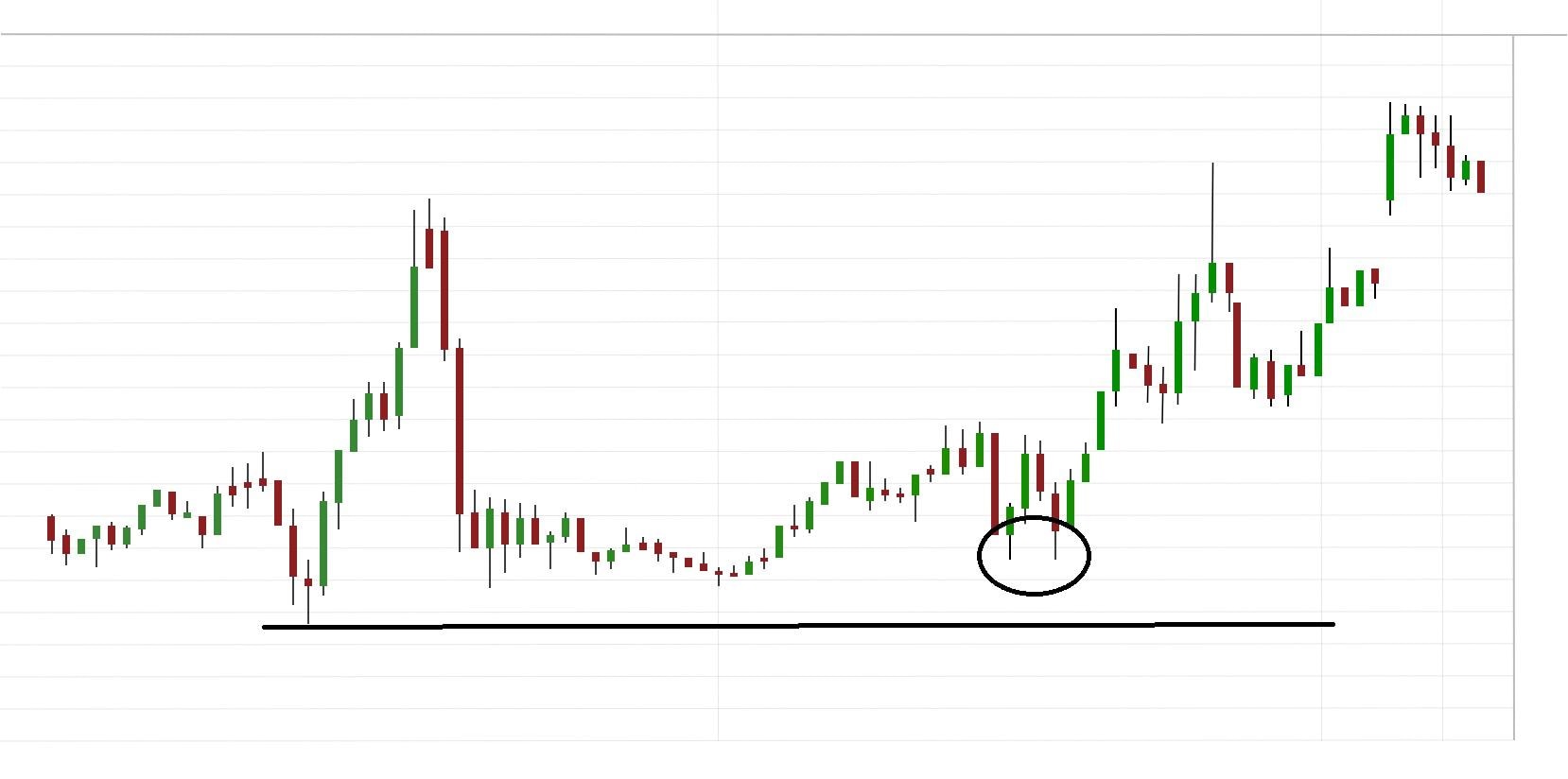Introduction
In the fast-paced world of day trading, options trading offers a unique opportunity to maximize profits by leveraging volatility. By understanding the complexities and embracing various strategies, traders can harness the power of options to increase their chances of success. In this comprehensive guide, we delve into the intricacies of options trading strategies, unveiling their potential and equipping day traders with the knowledge to navigate the markets effectively.

Image: santimateo.com
Understanding Options: Basics and Terminology
An option is a financial contract that grants the holder the right, but not the obligation, to buy or sell an underlying asset at a predetermined price on or before a specific date. Call options give the holder the right to buy, while put options grant the right to sell. The underlying asset can be stocks, bonds, indices, or even commodities.
Key terminology includes the strike price (the predetermined price), the expiration date (the time limit), and the premium (the cost of acquiring the option). Options offer traders flexibility and leverage, allowing them to speculate on price movements without having to own the underlying asset outright.
Core Option Trading Strategies for Day Trading
Let’s explore some fundamental options trading strategies commonly employed by day traders:
• Covered Call: This strategy involves selling a call option against an underlying stock that the trader already owns. The premium received from selling the option provides additional income, while the trader’s downside risk is limited to the purchase price of the stock.
• Cash-Secured Put: Similar to a covered call, this strategy entails selling a put option against cash in a margin account. If the underlying asset’s price drops below the strike price, the trader is obligated to buy the asset at the agreed-upon price.
• Uncovered Call: This higher-risk strategy involves selling a call option without owning the underlying asset. The trader profits if the asset’s price remains below the strike price, but risks significant losses if it rises above the strike.
• Bull Call Spread: Buying a lower-priced call option and simultaneously selling a higher-priced call option on the same underlying asset creates a bullish spread. This strategy benefits from a moderate rise in the asset’s price and limits potential losses.
• Bear Put Spread: Selling a lower-priced put option and buying a higher-priced put option on the same underlying asset forms a bearish spread. Profitability requires the asset’s price to decline moderately, with losses capped at a defined level.
Advanced Options Trading Strategies for Seasoned Day Traders
As traders gain experience and skills, they may venture into more advanced options trading strategies:
• Iron Condor: This strategy combines a call and put spread into a single trade. It benefits from a stable or gradually rising and falling market, providing income from option premiums.
• Strangle: A combination of a call option and a put option with different strike prices but the same expiration date. Traders aim to profit from significant price movements in either direction.
• Butterfly Spread: Involves buying one call option at a lower strike price, two call options at a middle strike price, and selling one call option at a higher strike price. This strategy positions traders to benefit from a moderate increase in the asset’s price.

Image: possibiltydesign.blogspot.com
Risk Management and Disciplined Trading
Options trading, while offering profit potential, carries significant risks. Proper risk management is paramount for day traders. Strategies should be carefully evaluated, and trade sizes should align with risk tolerance and account capital.
Disciplined trading involves adhering to a pre-defined plan, including entry and exit points, position sizing, and risk-to-reward ratios. Avoiding emotional decision-making, setting realistic goals, and managing stress are equally crucial for long-term success.
Education and Continuous Learning
The dynamic nature of financial markets demands ongoing education and learning for successful options trading. Day traders must continuously refine their knowledge, monitor market trends, and seek insights from industry experts.
Attending workshops, reading authoritative books and articles, and engaging in online communities dedicated to options trading are valuable avenues for traders to stay abreast of the latest developments and best practices.
Options Trading Strategies Day Trading

Image: www.youtube.com
Conclusion
Options trading offers day traders a wide range of strategies to capitalize on market volatility and potentially generate significant profits. By mastering the intricacies of options and adopting a disciplined approach to risk management and continuous learning, day traders can leverage these strategies to navigate market complexities and achieve success. Remember, investing involves risk, and it’s crucial to carefully assess personal risk tolerance before venturing into options trading.






